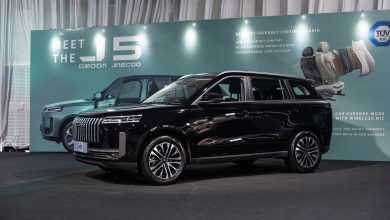SpareXHub is now offering 64% savings for Ford aged spare parts

Sime Darby Auto ConneXion (SDAC), the sole distributor of Ford in Malaysia, are now partnering with SpareXHub to offer Malaysians a 64% or more discount on Ford aged spare parts. This offer is only available during March 2022 so customers are encouraged to take advantage of this promotion as soon as they can.
Here’s some information on SpareXHub. It was started as an initiative by the founders of ACS Pentas Asia (APASB). Its main purpose was to provide Malaysians an e-commerce platform to buy genuine spare parts for premium brands like BMW, Mini, Porsche, Ford, Volkswagen and more.

All the aged spare parts available at SpareXHub are ensured to be of the highest standards of quality, according to SpareXHub. This is not only for the Ford aged spare parts but for all the spare parts from them. During this promotion, customers will can enjoy great savings on genuine Ford aged spare parts all from the comfort of their home.
For more information on available products and pricing and to enjoy savings from this grand sale, visit www.sparexhub.com or follow SpareXHub’s Facebook page.




